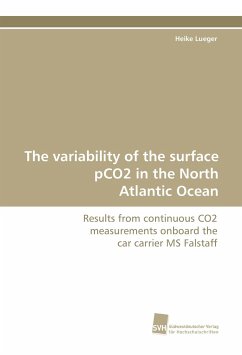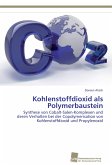The major goal of the EU-funded project CAVASSOO (Carbon Variability Studies by Ships of Opportunity) project was to establish an international network in the North Atlantic consisting of commercial vessels that are equipped with pCO2 measurement devices. The installation of an autonomously working unit onboard the carcarrier M/V Falstaff was completed in 2002. Measurements started a month later with the first transatlantic crossing. In the following months continuous and discrete samples were analyzed. It was examined whether it is possible to correlate the oceanic pCO2 with parameters that can be retrieved by ship-independent observations such as remote sensing. It was shown that the seawater pCO2 in the eastern basin showed smaller seasonal changes than in the western basin of the North Atlantic. This was explained by the fact that in the eastern basin the temperature effect on the seawater pCO2 was counteracted by the biological effect yielding a damped seasonal pCO2 cycle. In the western basin, however, temperature was the major force on the pCO2. The CO2 flux calculation showed that this region of the North Atlantic was a sink for atmospheric CO2 in 2002.
Bitte wählen Sie Ihr Anliegen aus.
Rechnungen
Retourenschein anfordern
Bestellstatus
Storno








